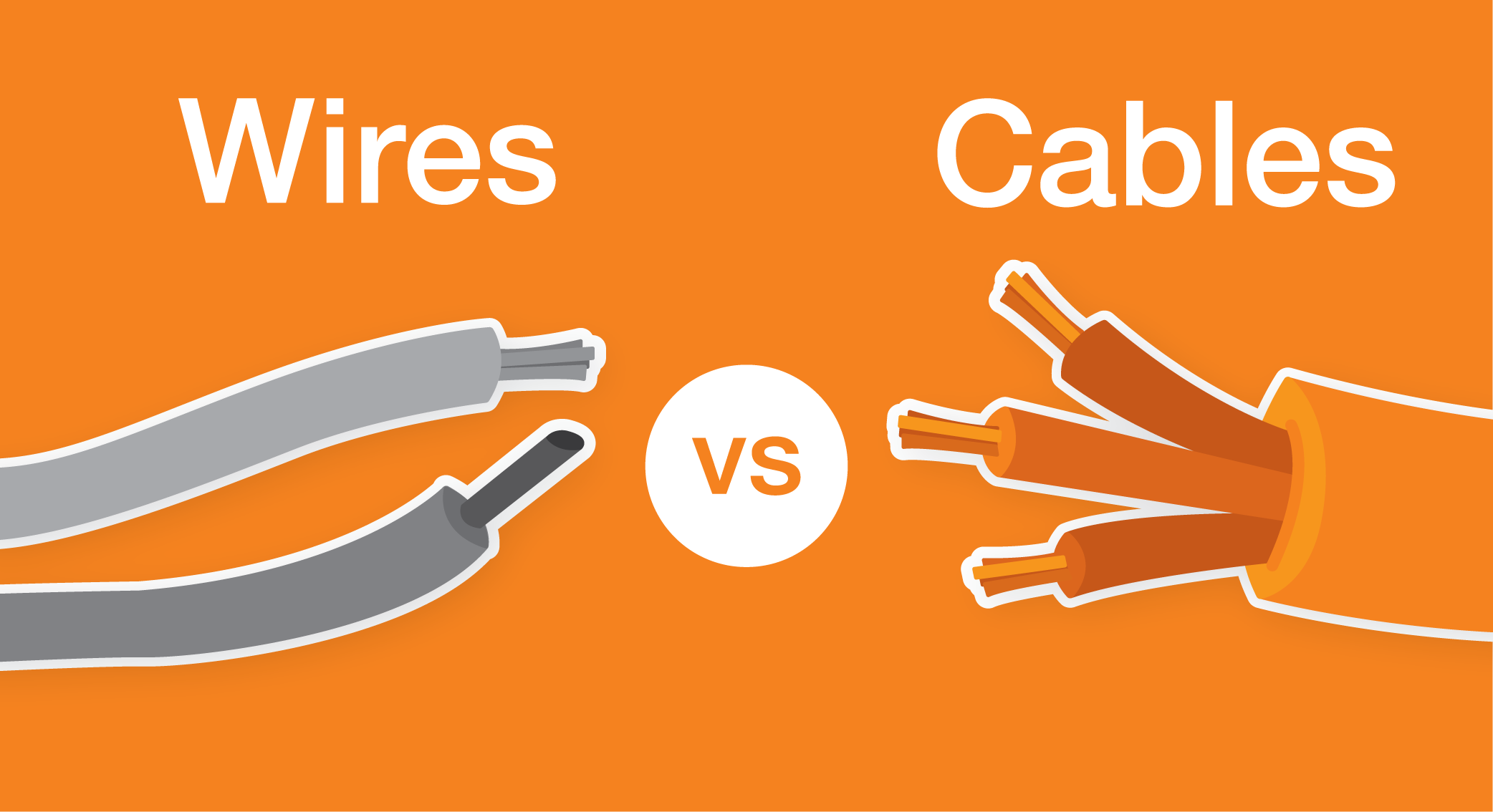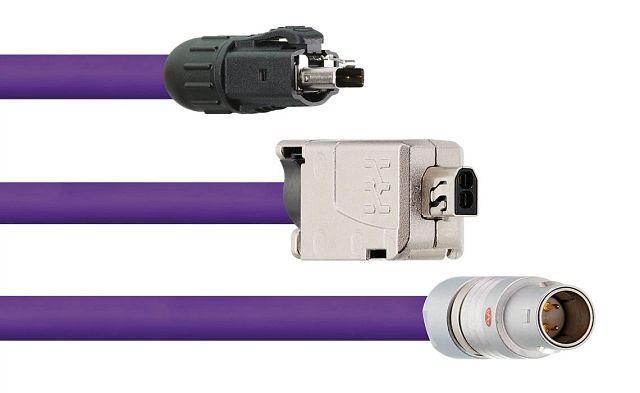The Advantages of Star Quad Stranding
There are various stranding options in cable production, including three different types for data cables. They can have cores wound in layers, twisted pair stranding, or star quad stranding.
What are the differences between the stranding methods?
Cores Wound in Layers
Here the cores are stranded together in ascending order. This results in the following sequence: core 1, core 2, core 3 and core 4.
Twisted-Pair Stranding
It is often necessary to transmit signals via two pairs of cores. This often creates the risk of signals in the core pairs influencing each other. This phenomenon is called the near-end crosstalk. To counteract this, twisted pair stranding is used. Twisted-pair stranding is when you twist two cores together to form a pair and then strand together those pairs of cores.
The disadvantage of this type of stranding is that the cable becomes thicker and less round than with cores wound in layers. For applications in energy chains, the cable diameter is important. An e-chain® offers only limited space and the bend radius of a cable is also determined by the outer diameter. Furthermore, a two-pair cable is mechanically not as stable as a cable with cores wound in layers.
In situations where the near-end crosstalk of electrical signals can be neglected, cores wound in layers is the most cost-effective option. For applications in the energy chain, this is also the most stable option mechanically.

Advantages of Star Quad Stranding
There is a little trick to overcome this problem. If you want to combine good near-end crosstalk and durability, lay the two pairs of cores crosswise. This produces the same effect with a cable whose cores are wound in layers. This is called a four-star, also known as a star quad. In this type of stranding, the cores are not arranged in 1, 2, 3, 4, but the first core is followed by the third, then the second and then the fourth core. Mechanically, one now has the advantage of a thin cable and the same stable structure of a cable stranded in layers with four cores. Crosstalk is just as well prevented as with a twisted-pair data or bus cable. Especially in cable tracks or in energy chains, this type of data cable is preferable to a twisted-pair cable.
Conclusion
Four-core data cables and also bus cables such as Profinet cables can be stranded in one layer. This is often the case only at first glance. On closer inspection, however, it is noticeable that the cable is stranded in a star quad. This has a positive effect on the mechanical load capacity in moving applications.
Did you know that we offer a free online service life calculator for our chainflex® cables? Try it out here, or visit our webpage to learn about our cable testing procedures and UL Verified 36-month cable guarantee.



